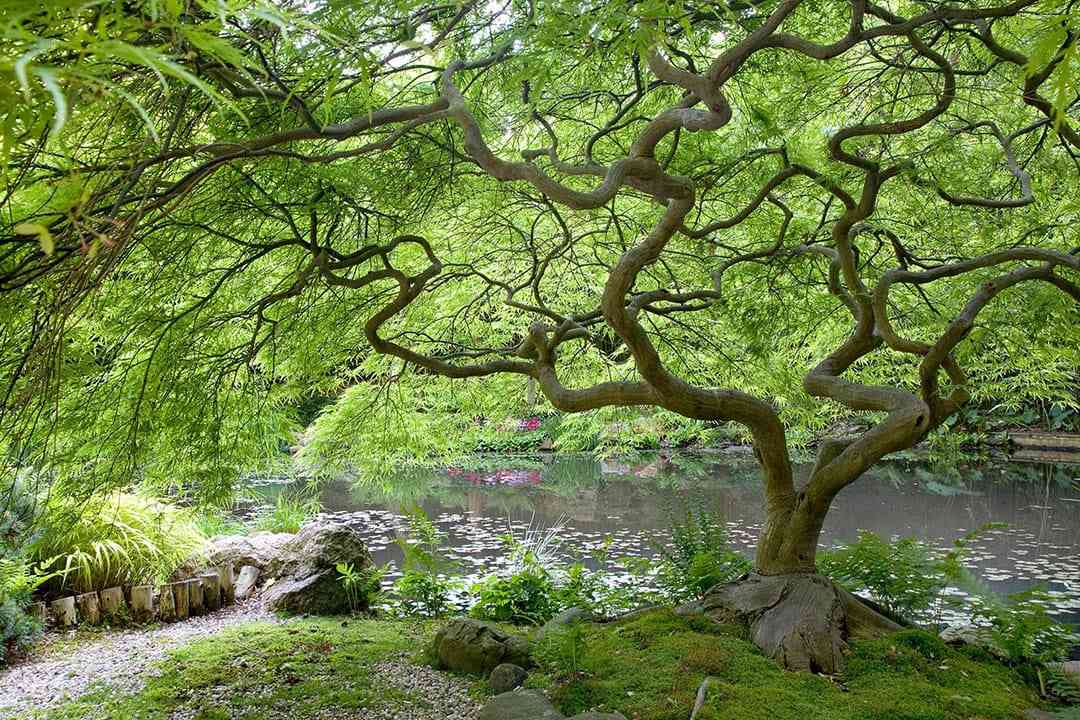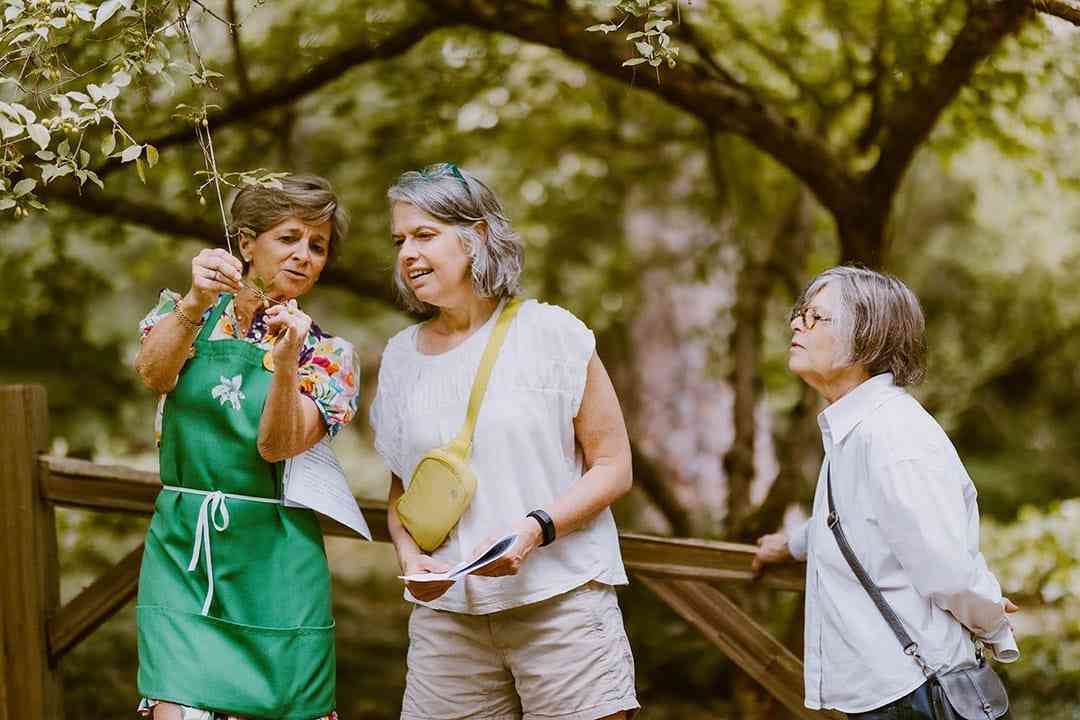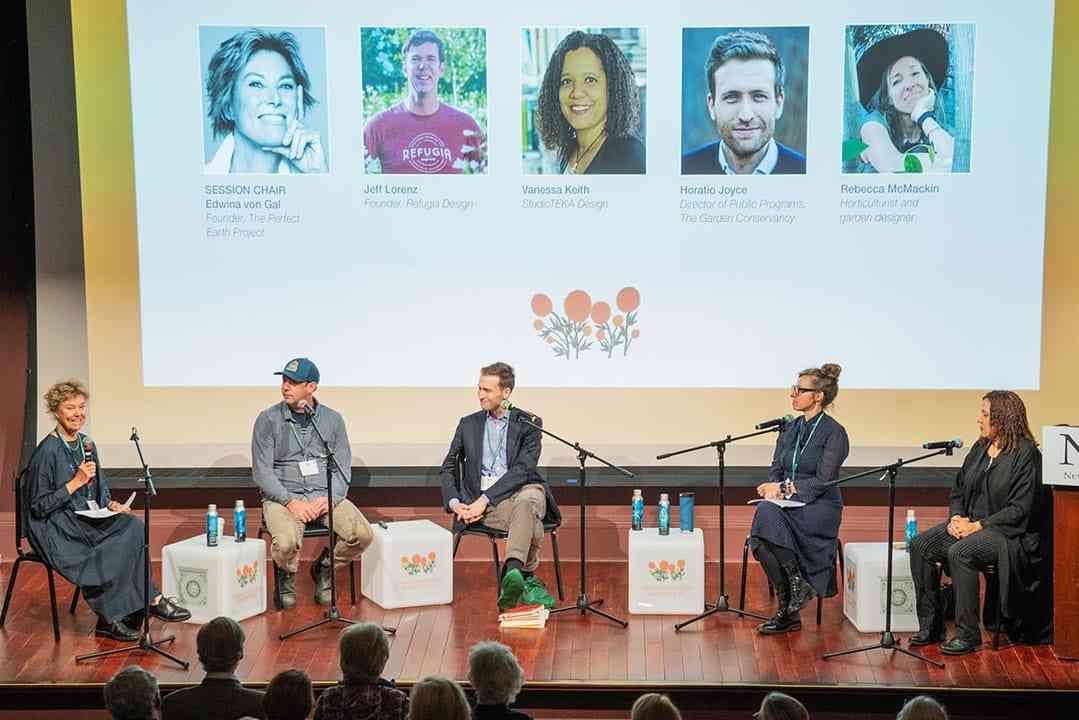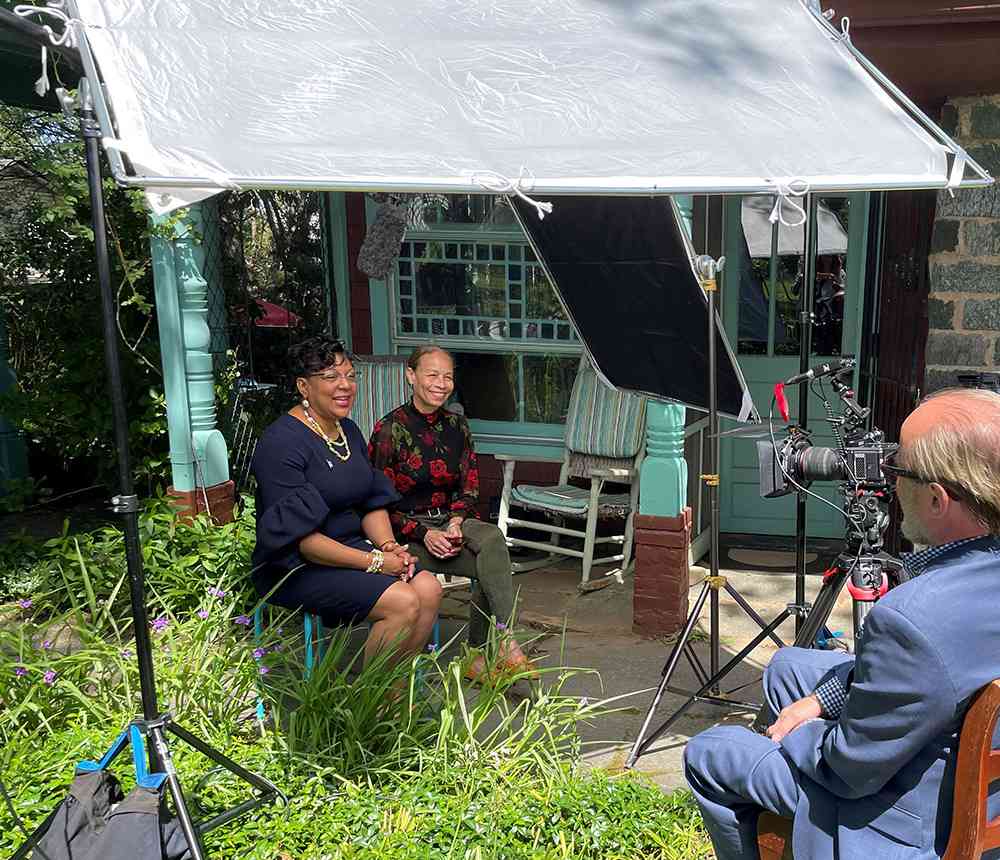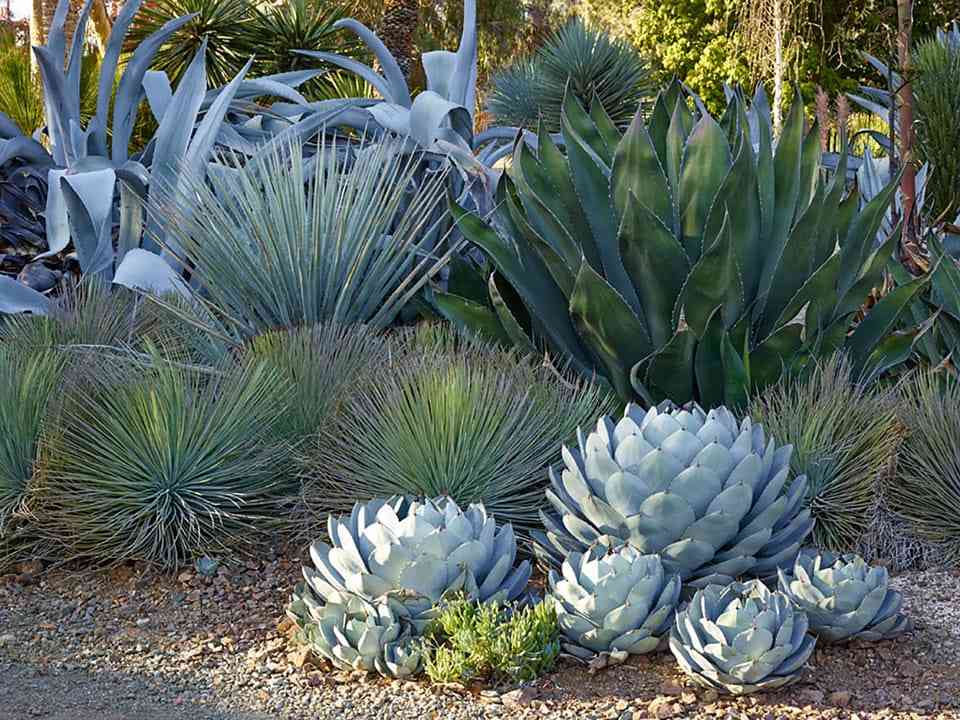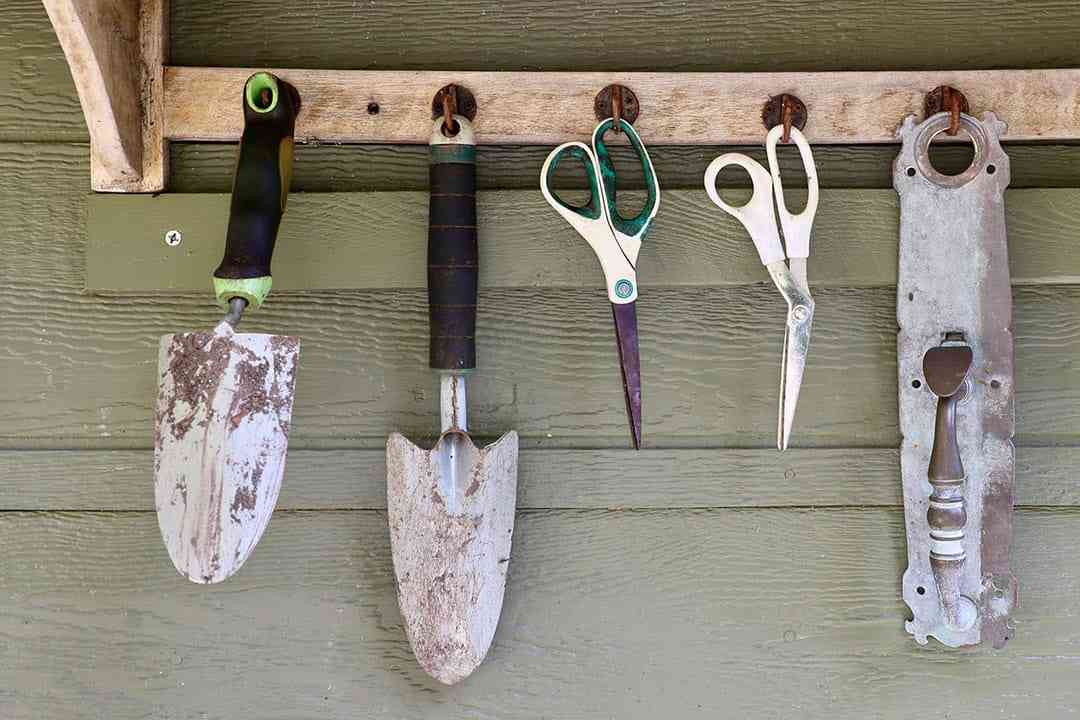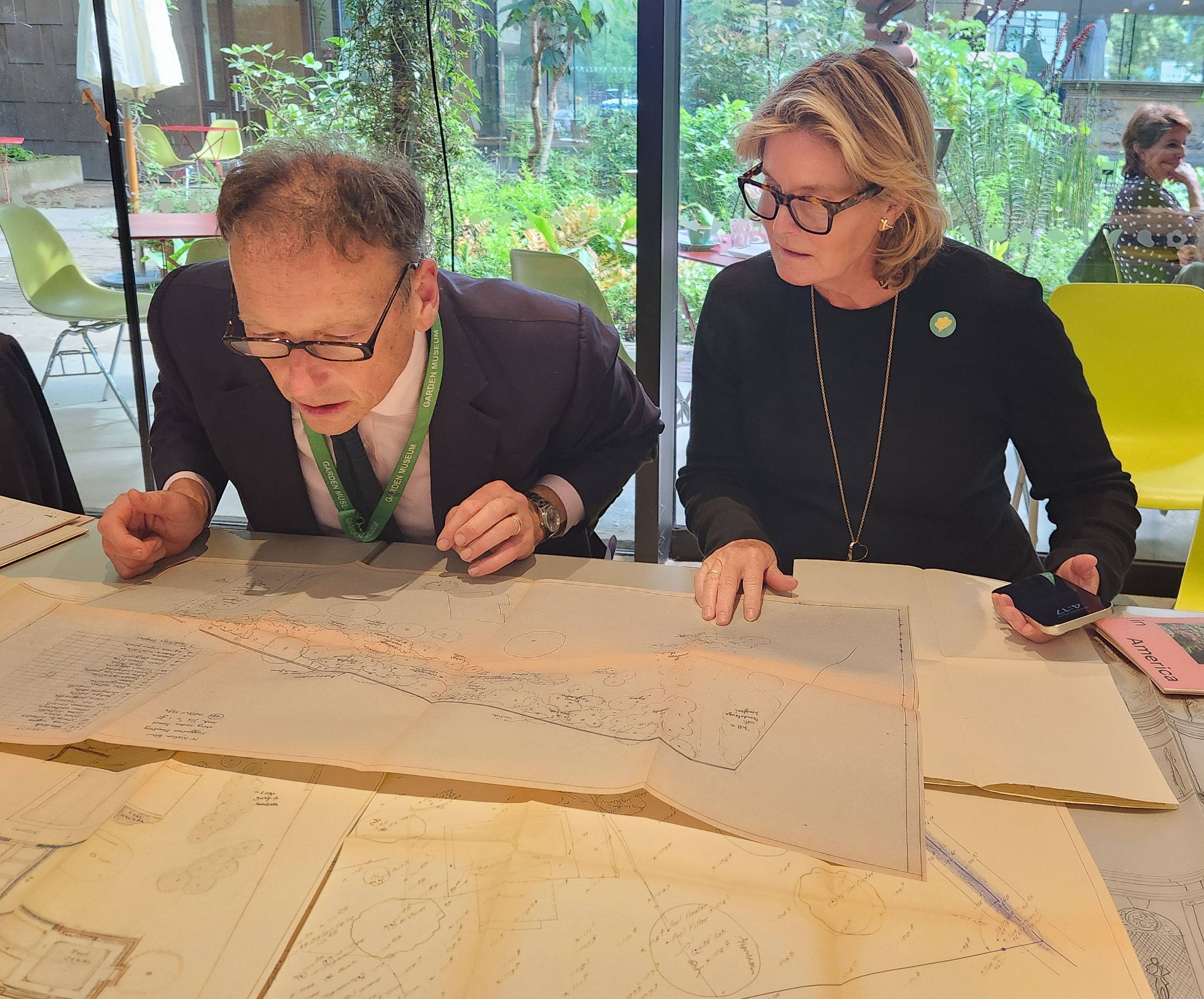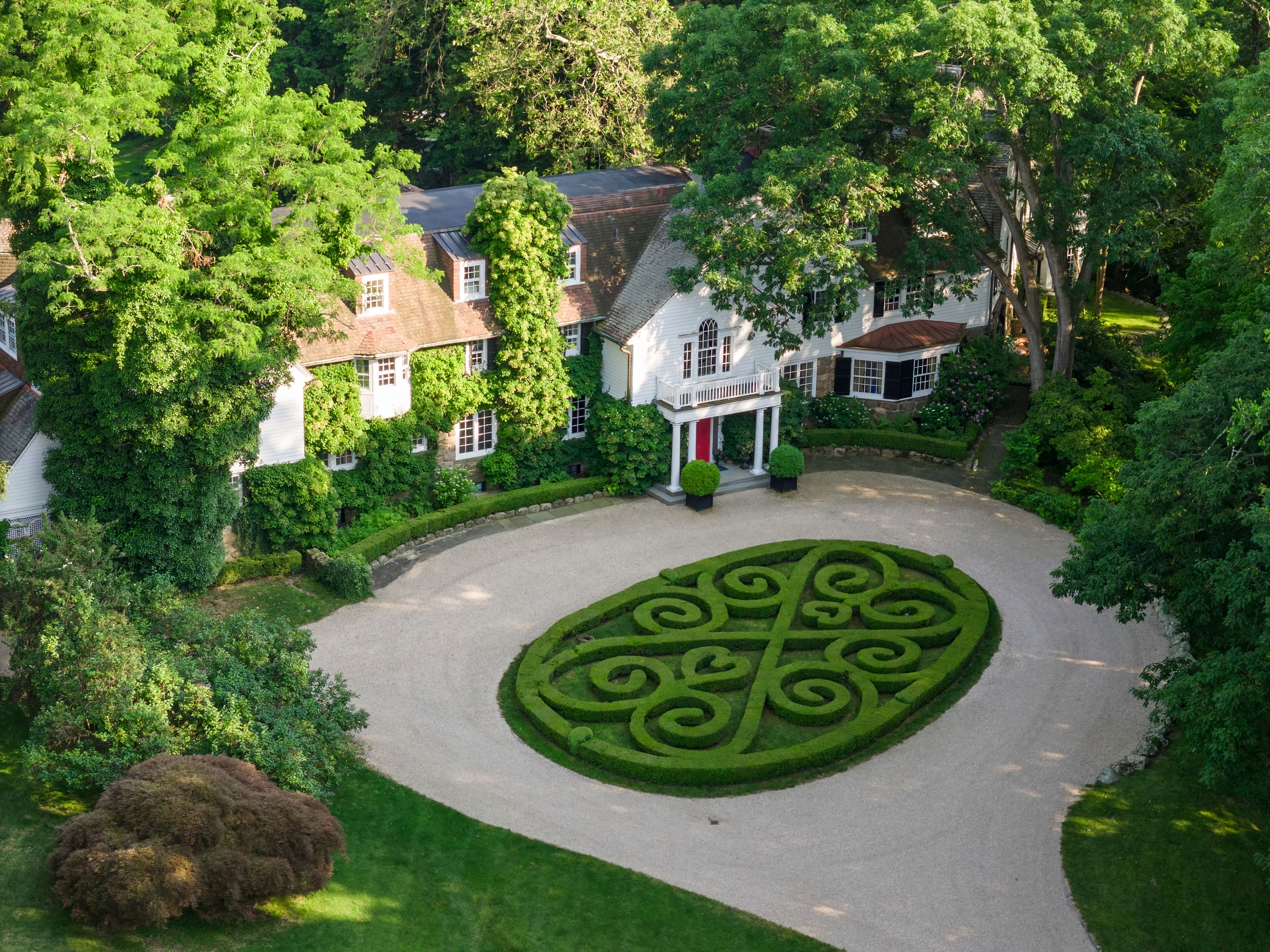In the early 20th century, Gaiety Hollow was both the home garden and location of the office of Elizabeth Lord and Edith Schryver, the first all-female landscape architecture firm in the Pacific Northwest. The garden retains the character and integrity of its history to this day. It embodies many of the design principles employed by the firm and carried out throughout the region, providing an intimate look at the minds of its creators—a laboratory of their techniques. It is a highly accessible garden, less than half an acre in size, and a wonderful example of what a homeowner can accomplish even on a small property. In 2015, Gaiety Hollow was purchased by the Lord & Schryver Conservancy.
For more information, visit lordandschryverconservancy.org
Timeline
2021
The Lord & Schryver Conservancy receives a Garden Conservancy grant.
2018
Lord & Schryver Conservancy hires Pam Wasson as its first executive director.
2017
Work begins to restore gardens to their period of significance (1932–1969).
2016
Lord & Schryver Conservancy hires its first employee, a Curator/Garden Manager.
2015
L&S Conservancy closes on the purchase of the property.
2013
A gala party organized by the L&S Conservancy kicks off the capital campaign.
2012
The property owner grants L&S Conservancy a lease option agreement under which the Conservancy has five years to raise funds to purchase the property.
2010
A Cultural Landscape Report published by MIG, Inc. researches the history of the site and assesses current conditions at Gaiety Hollow.
2007
L&S Conservancy obtains the Right of First Refusal on the property with the ultimate goal of bringing it into the public domain.
2005
Lord & Schryver Conservancy is formed.
2003
The Garden Conservancy begins providing preservation assistance to Gaiety Hollow.
1984
Edith Schryver dies and the property is purchased by the Strand family.
1976
Elizabeth Lord dies; Edith Schryver remains in the house they had shared for forty years.
1956
Last iteration of Lord and Schryver's planting schemes.
1938–1939
A bulb planting plan extends the garden into the west extension, adding a pergola, brick paving, boxwood hedges, shrubs, perennials, and flowering bulbs in expanded planting beds.
1932
Lord and Schryver purchase the Gaiety Hollow property on Mission Street in Salem and begin designing and building their home, office, and garden on the site.
1929
In Salem, Oregon, Elizabeth Lord and Edith Schryver form what is believed to be the first woman-owned landscape architecture practice on the West Coast.
The gardens are open to the public on scheduled days throughout the season.
